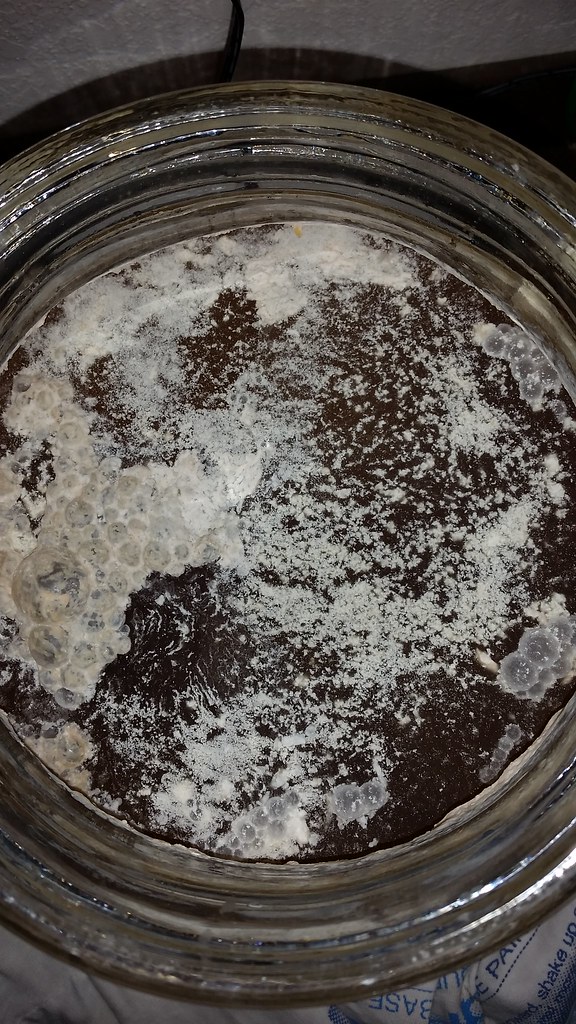Feldmann
Well-Known Member
- Joined
- Jan 9, 2013
- Messages
- 75
- Reaction score
- 6
9.5 lbs Bohemian Pilsner
1 lbs Flaked Wheat
1 lbs Munich
0.5 lbs Crystal 40L
5 g Czech Saaz (3.6%)
The Yeast Bay Farmhouse Sour Ale
Mash @ 152F for 60 minutes
----------
I just brewed this today after I was inspired from reading American Sour Beers and I was excited to try the Yeast Bay's Farmhouse Sour Ale blend. I found there wasn't a lot of information regarding the strain so I originally posted on my club's forum and /r/Homebrewing where I got some advice from Nick.
And I also took some insight from this thread: https://www.homebrewtalk.com/showthread.php?t=520790&page=4
Really looking forward to this, I'll do my best to remember to come back and post progress.
1 lbs Flaked Wheat
1 lbs Munich
0.5 lbs Crystal 40L
5 g Czech Saaz (3.6%)
The Yeast Bay Farmhouse Sour Ale
Mash @ 152F for 60 minutes
----------
I just brewed this today after I was inspired from reading American Sour Beers and I was excited to try the Yeast Bay's Farmhouse Sour Ale blend. I found there wasn't a lot of information regarding the strain so I originally posted on my club's forum and /r/Homebrewing where I got some advice from Nick.
Nick from The Yeast Bay here. My recommendations for this blend would be to keep the IBU low (1-2 IBU), ferment in the low 70's and slowly raise to ~75-80 F after a couple days of active fermentation. Most people that keep the IBU low seem to get good sourness within a few months. All of the pro brewers who use it seem to get nice sourness development, though many of them have run a fair amount of trials varying things like the malt bill, fermentation temperature profiles, etc. There is some anecdotal evidence as well that I've heard from pro brewers that a very small portion of Crystal Malt (60L) helps the sourness develop nicely in these style beers.
Regarding the temperature for lacto, some do like it high. We have 2 strains in here, delbrueckii and brevis. The delbrueckii might like it a little higher, but the optimal temperature for brevis is actually around 86 F. It will definitely do well though in the mid-high 70's, it will just take a little longer to get sourness developing. I would definitely recommend against going into the mid-high 80's with this. We haven't used the strains of yeast in the blend at those temperatures, and you could get some not so great flavors.
People actually like the yeast blend so much and the young beer before it sours, we'll soon be offering just the Saccharomyces portion of the Farmhouse Sour Ale as a new blend, Saison Blend II.
And I also took some insight from this thread: https://www.homebrewtalk.com/showthread.php?t=520790&page=4
Really looking forward to this, I'll do my best to remember to come back and post progress.


